28+ Sample Equity Agreement
-
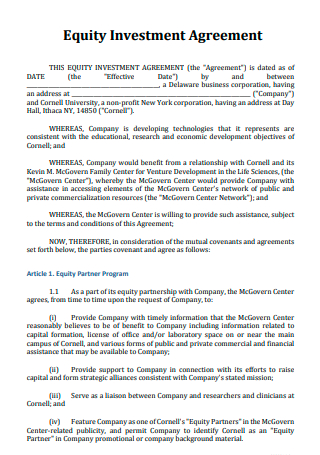
Equity Investment Agreement
download now -
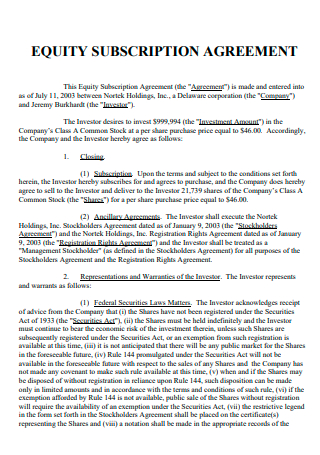
Equity Subscription Agreement
download now -
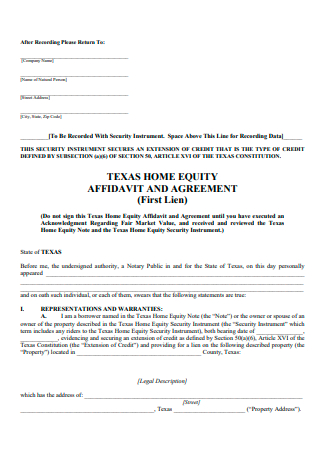
Home Equity Affidavit and Agreement
download now -

Equity Participation Agreement
download now -
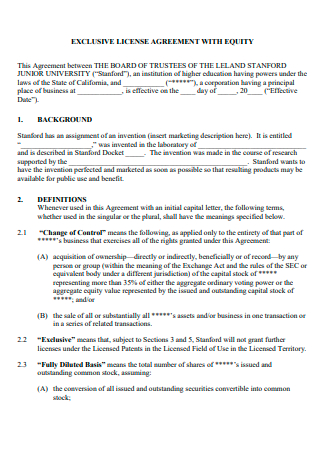
Equity Exclusive License Agreement
download now -

Equity and Inclusion Agreement
download now -
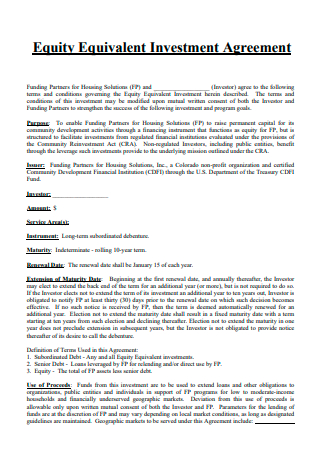
Equity Equivalent Investment Agreement
download now -
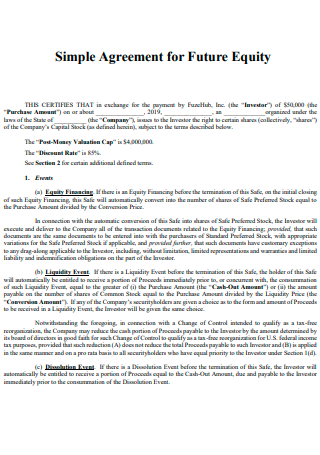
Simple Equity Agreement
download now -
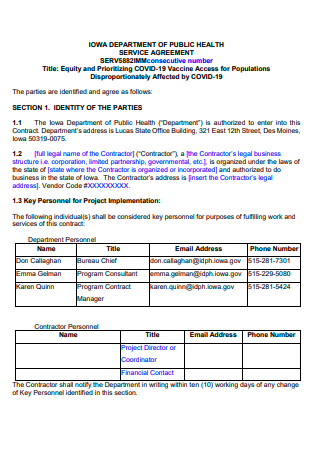
Equity Service Agreement
download now -
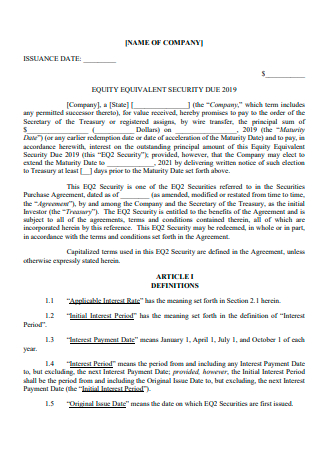
Equity Equivalent Security Due Agreement
download now -
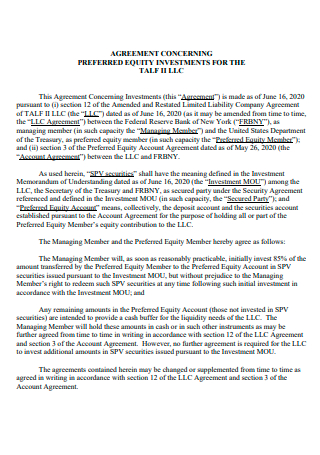
Preferred Equity Investment Agreement
download now -
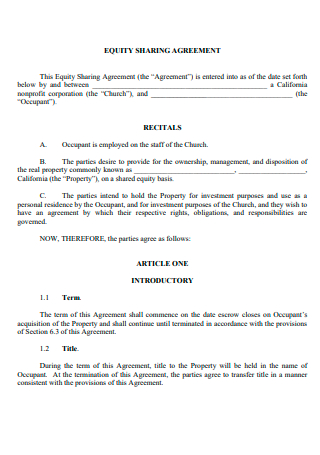
Equity Sharing Agreement
download now -
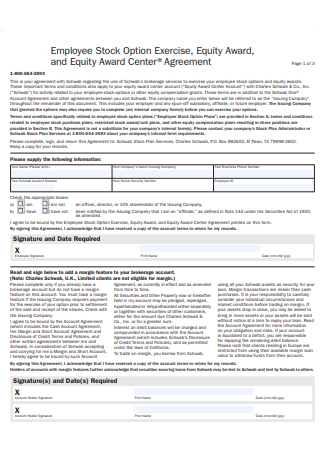
Equity Award Center Agreement
download now -
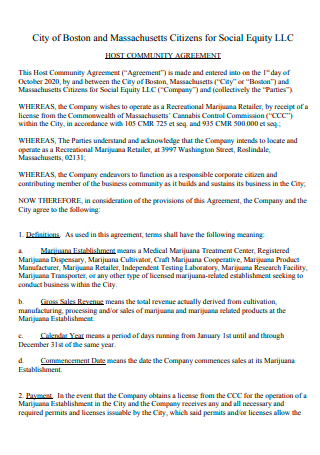
Equity Host Community Agreement
download now -

Equity Operating Agreement
download now -
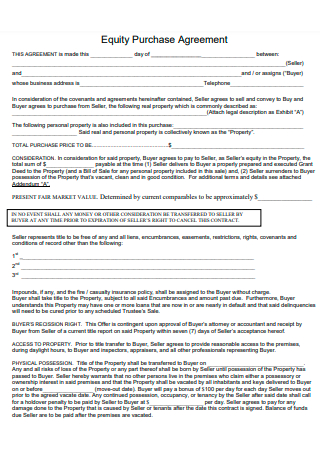
Equity Purchase Agreement
download now -
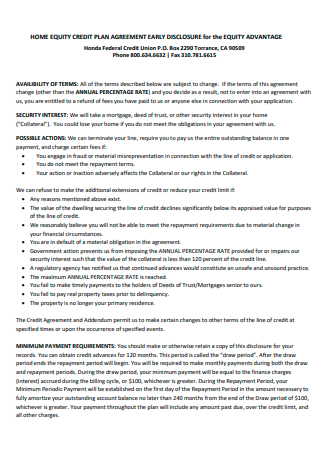
Home Equity Credit Plan Agreement
download now -
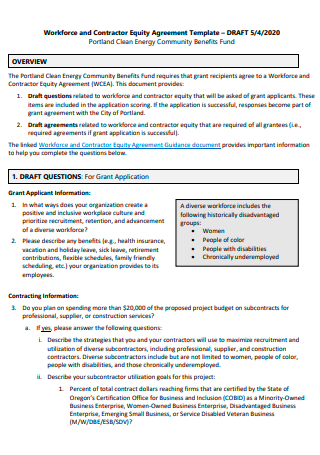
Draft Equity Agreement
download now -
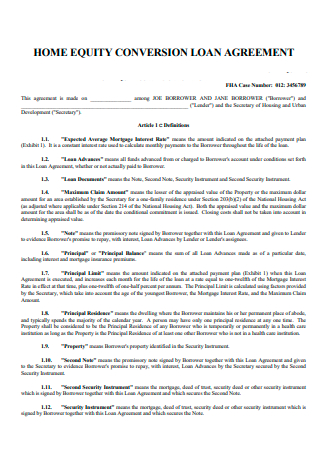
Home Equity Conversion Loan Agreement
download now -
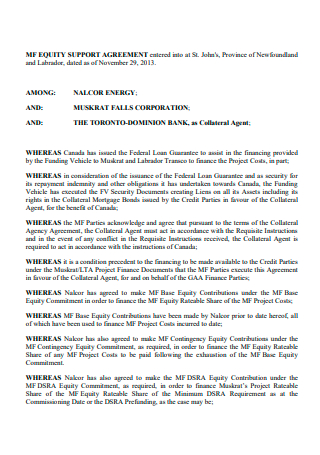
Equity Support Agreement
download now -
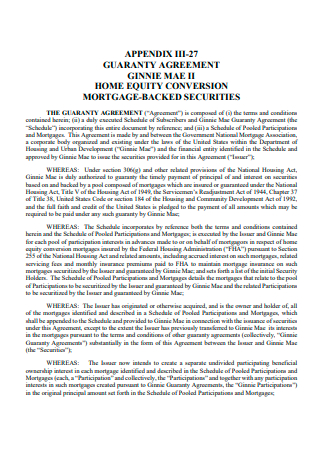
Home Equity Conversion Guaranty Agreement
download now -
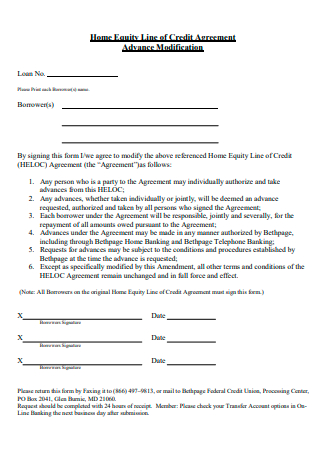
Home Equity Line of Credit Agreement
download now -
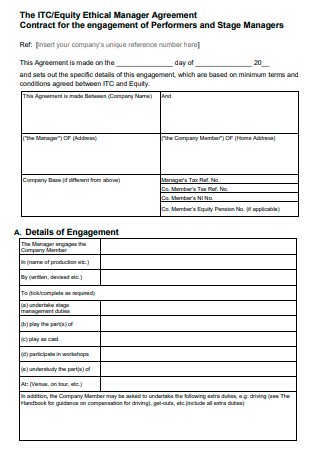
Equity Ethical Manager Agreement
download now -
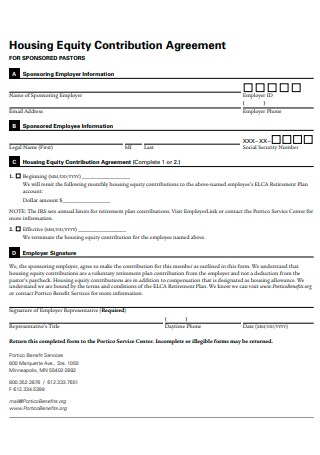
Housing Equity Contribution Agreement
download now -
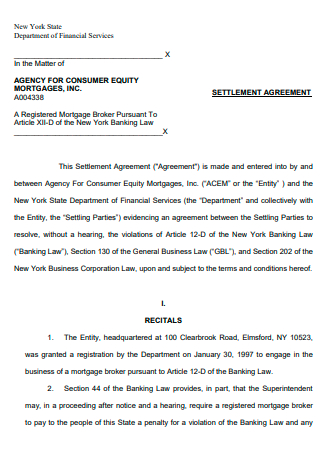
Consumer Equity Settlement Agreement
download now -

Contingent Equity Support Agreement
download now -

Inventor Equity Agreement
download now -
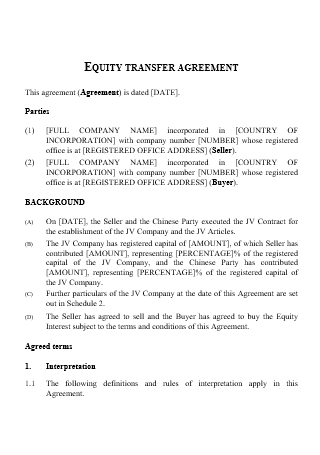
Equity Transfer Agreement
download now -
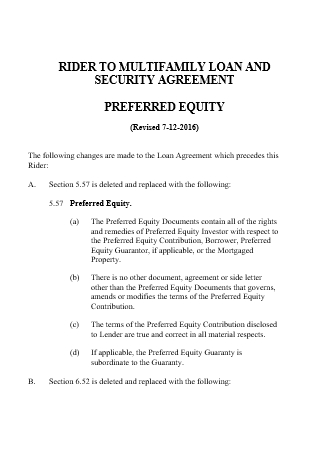
Preferred Equity Loan and Security Agreement
download now
What Is an Equity Agreement?
Before we define an equity agreement, first of all, what is equity? It simply refers to the value that would be given to a company’s shareholders if all of its assets were liquidated and all of its obligations were paid off. It can be used widely for whole businesses or specifically to the market worth of a single item. Assets can be referred to as valuable objects like property, merchandise, trademarks, or patents that might be tangible or intangible. One of the most popular pieces of data used by analysts to analyze a company’s financial health is equity which is listed on the company’s balance sheet.
An equity agreement is a business document that enables entrepreneurs to acquire funds for their start-up by handing up a percentage of their company’s ownership to investors. In summary, these arrangements often entail investors supplying cash in return for stock shares that they will keep and perhaps sell for a profit in the future. They have been utilized by businesses since their inception and have grown in popularity as technological advances have made them easier to set up and implement.
What’s Inside an Equity Agreement?
Here are the common elements that can be found and should be included when drafting an equity agreement:
Examples of Equity Account
By definition, an equity account is a financial interpretation of a business, company, or organization. They are in different variants, some of which are listed and discussed below:
How to Draft an Equity Agreement
An equity agreement outlines what will happen whenever the business structure or ownership changes, what happens when the owner gets incapacitated, and more. It is generally used in exchange for something that the equity holder will provide. With that being said, here are the steps to draft an effective equity agreement:
1. Identifying the Parties Involved in the Agreement
This is generally the first major step to be completed when an equity agreement is being drafted. In this step, the thing that needs to be emphasized is to identify who will be involved in this type of agreement. Typically speaking, the parties involved in an equity agreement are the investor and the business that will be surrendering part of their shares or stocks to the said investor so that they may hold or even sell them when the value of the company that they invested in goes up. Additionally, in this step, the details of the parties such as their operating address and contact details are also included.
2. Writing the Main/Primary Parts
After identifying the parties who will be involved in the equity agreement along with their details such as their operating address and contact information, this step will follow suit. In this step, the main or primary parts of the equity agreement are to be written, which are the definition of terms, the terms for the issuance of shares, the authorizations, and the validity of the shares being issued. The definition of terms will dictate the meaning of the simple and complicated terms that are scattered throughout the agreement, as intended by the author of the agreement. The issuance of shares will state in writing that the business will agree to give a given amount of shares to the investor, the closing and delivery part will state the date and address of the acquisition of shares, and the validity part states in writing that the shares given to the investor are legitimate and free of obligations such as taxes, charges, and so on.
3. Writing the Auxiliary/Boilerplate Clauses
After writing down the main parts of the equity agreement document, this step will then follow. The boilerplate clauses are usually the more common terms that can be found in any contract or agreement, and they are usually located in the end part. Some of the clauses that comprise the equity agreement include the notices, the counterparts, and the distribution of payment/fees. The notices clause states that any notices required or authorized must be in writing and are regarded effective upon delivery of the shares to the investor. The counterparts section of the agreement states, in its simplest form, that the agreement can be done in two or more counterparts. The payment of terms section states all parties concerned must cover their own expenditures and legal fees paid on their behalf in connection with this agreement and the operations envisioned by it.
4. Finalization
After drafting the main and boilerplate clauses of the equity agreement, it’s time to finalize it in this step. It is always recommended to seek legal help when drafting an agreement as there may be terms that are lacking that can only be noticed by someone who is well-versed in these kinds of documents. Additionally, check for grammar and spelling mistakes. One can never know where a single mistake in the agreement can lead. When the verification process has been finished, the parties involved can then enter negotiations and if it goes smoothly, they can affix their signatures and the agreement is set in motion.
FAQs
How can an equity agreement grow a business?
Employee equity agreements, in particular, entice the personnel you require for success. When knowledgeable workers see the possibilities you have to offer, they will be ready to immediately acquire a stake. Another significant benefit of adopting these agreements is the involvement they engender. When an entrepreneur hires someone in return for a stake in the firm, that person effectively becomes a shareholder. Employees recognize they are working for the success of their own future when they have a stake in the company.
What is private equity?
Private equity is a different investment class that comprises assets that are not publicly traded. Private equity funds and investors either invest directly in private enterprises or engage in buyouts of public companies, culminating in the delisting of public equities. Private equity funding is provided by institutional and individual investors, and the funds can be used to fund innovative technologies, make acquisitions, extend working capital, and boost and stabilize a balance sheet.
What is home equity?
Home equity is basically equivalent to the value of homeownership. The amount of equity a person has in their house shows just how much of the home they own entirely after deducting the mortgage obligation payable. Equity in a property or house is derived through mortgage payments, including a down payment, and growth in property value. This type of equity is frequently an individual’s most valuable source of collateral since the owner may utilize it to get a home equity loan.
This type of agreement states the share of the business that each party owns and is usually a part of a startup business’ founding agreement. Drafting this document can be complicated especially when it comes to splitting equity in a fair amount. In this article, various examples of equity agreements to aid you in drafting this document should you need to do so.
